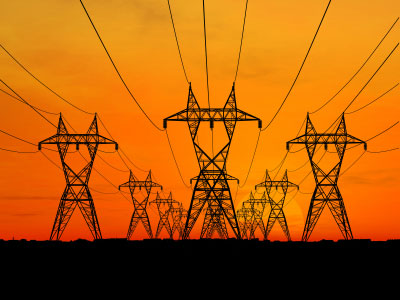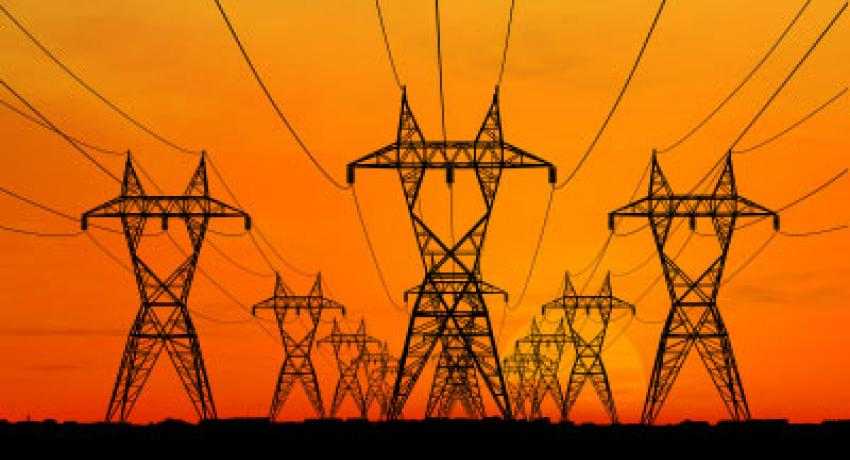Grid storage market poised for major growth
 The grid storage market is poised to grow dramatically from $200 million today to $10.4 billion by 2017.
The grid storage market is poised to grow dramatically from $200 million today to $10.4 billion by 2017.
Increased adoption of renewable energy like wind and solar is driving the market, said Steve Minnihan, a senior analyst with Lux Research and author of the report: “Global grid storage market to grow to $10.4 billion in 2017.”
Minnihan said he and his team calculated the internal rate of return on investment in grid storage for every individual country and found that about 70 percent of the demand for new grid storage will come from the deployment of renewable energy sources like solar and wind.
While renewable integration is driving the grid storage market, battery sales will not keep up with solar panel sales.
“Battery storage is a relatively small percentage of the solution,” he said.
One reason for the slower grid storage adoption is that it’s still expensive.
“Generally today if you add a battery to a solar project, you’re just adding cost to get more stabilization,” Minnihan said.
That means battery integration with renewables will trail far behind solar and wind power adoption for now.
While 70 percent of grid storage growth can be attributed to renewable energy integration, the other 30 percent is interesting, Minnihan said.
Researchers found that there are geographic areas where the difference between on-peak and off-peak electricity rates is wide enough to justify residential and commercial grid storage in some cases.
“Japan certainly is a very good market for residential grid storage,” Minnihan said.
Germany’s dramatic price differences between on-peak and off-peak prices for commercial customers will also drive storage there.
And there are places in the United States, like New York and California where high utility rates and tax incentives could drive wider grid storage adoption.
Minnihan also investigated the viability of the industry.
“It has been an incredibly tumultuous 18 months for the players in the grid storage market,” Minnihan said.
Even the bigger, more-connected startups like A123 Systems have declared bankruptcy or sought acquisition. Minnihan looked at how many partnerships and connections companies had to see if it was an indicator of their likelihood for success. It wasn’t, he said.
But companies on the fringes that work in small networks will have a harder time commercializing. They might have more advanced chemistry and a viable product.
“But it’s very hard to woo a new customer,” Minnihan said.
Those companies have to do a lot to prove their technology, which takes a lot of time. And time requires cash.
“Generally, they’re going to fail before they can demonstrate their product,” Minnihan said.




